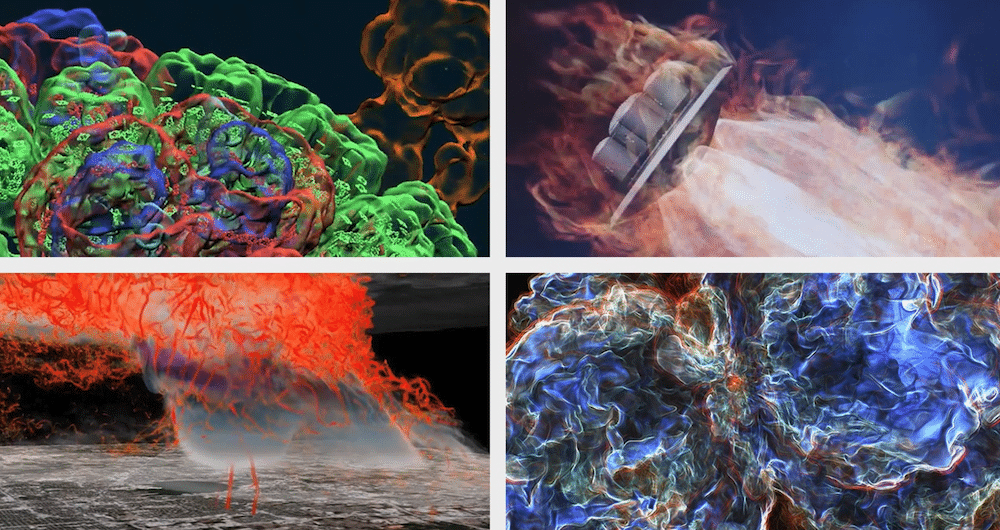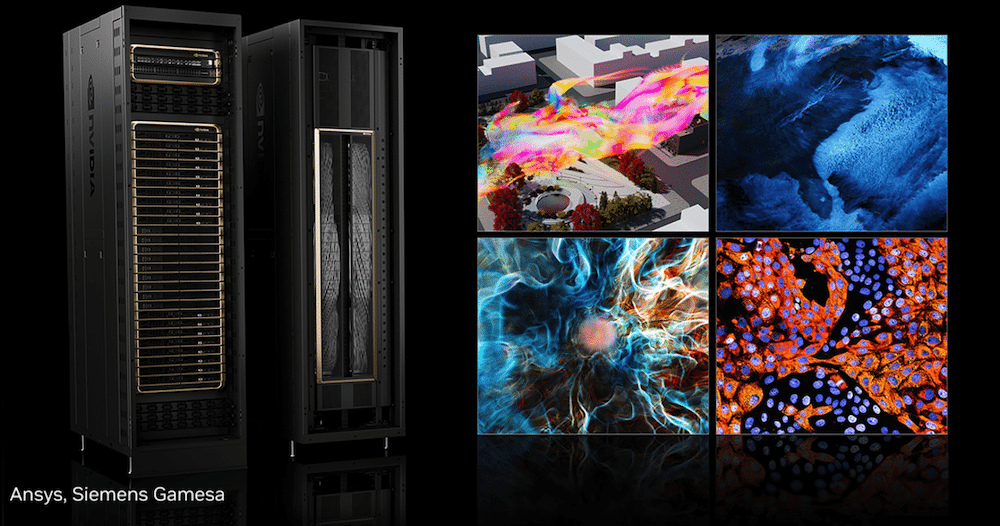NVIDIA leads in high-performance computing, powering 384 systems from the TOP500 list.
NVIDIA has solidified its position as the driving force behind the world’s most powerful supercomputers, with its technology powering 384 systems on the prestigious TOP500 list. This achievement marks a significant milestone in the company’s journey since introducing CUDA in 2006, highlighting its dominant role in advancing AI and accelerated computing.

Widespread Adoption of NVIDIA Technology
The latest TOP500 rankings demonstrate NVIDIA’s lead in high-performance computing, with 87% of new systems featuring acceleration capabilities. Among these accelerated systems, an impressive 85% utilize NVIDIA’s cutting-edge Hopper GPUs, enabling breakthrough advances in critical fields such as climate forecasting, drug discovery, and quantum simulation.
Innovation Beyond Raw Performance
NVIDIA’s approach to accelerated computing extends beyond traditional hardware performance metrics. At SC24, the company unveiled cuPyNumeric, a new addition to the NVIDIA CUDA-X library family. This innovation enables over 5 million developers to scale their Python code to powerful computing clusters without modification, lowering the barrier to high-performance computing.
To illustrate how its technology is being used, NVIDIA included several references in a blogpost. In his paper titled “Using Mixed Precision for Genomics,” David Keyes, a professor at King Abdullah University of Science and Technology, used 0.8 exaflops of mixed precision to explore relationships between genomes and their generalized genotypes, and then to the prevalence of diseases to which they are subject.
Arvind Ramanathan, a computational biologist from the Argonne National Laboratory, harnessed 3 exaflops of AI performance on the NVIDIA Grace Hopper-powered Alps system to speed up protein design.
The company also announced significant updates to its NVIDIA CUDA-Q development platform, pushing the boundaries of quantum device simulation to previously unattainable levels.
Leading in Sustainable Computing
NVIDIA’s commitment to environmental responsibility is also evident in the Green500 rankings, where its technology powers eight of the top 10 energy-efficient supercomputers. The JEDI system at EuroHPC/FZJ stands out with an exceptional efficiency rating of 72.7 gigaflops per watt.
To address climate change challenges, NVIDIA introduced two new NVIDIA NIM microservices for its Earth-2 digital twin platform, enabling up to 500x faster climate change modeling and simulation.
Closing Thoughts
With over 190 exaflops of AI performance and 17 exaflops of single-precision capability across its platforms, NVIDIA continues to push the boundaries of scientific computing. The company’s balanced approach to performance and sustainability places it at the forefront of scientific discovery and technological innovation. NVIDIA’s accelerated computing platform is truly setting new standards for the industry.
Engage with StorageReview
Newsletter | YouTube | Podcast iTunes/Spotify | Instagram | Twitter | TikTok | RSS Feed

